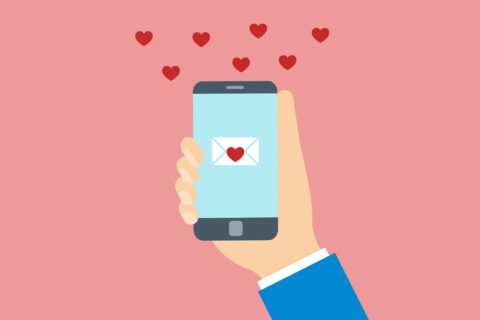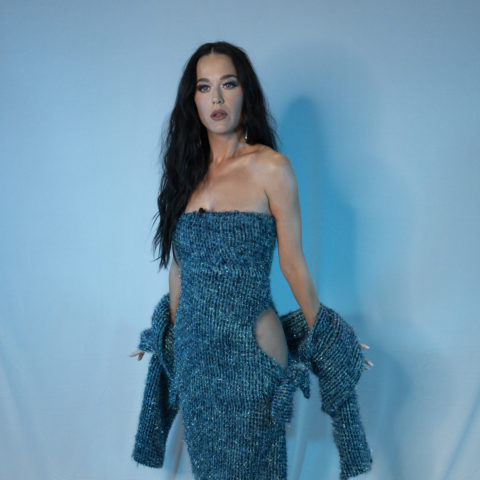Vulnerability Might Be The Secret to Dating App Success
Swiping doesn't have to be scary.
Bumble recently surveyed over 1000 female, dating app-using Canadians, aged 21-37, and found that 53% of millennial women believe they are settling in at least one of their personal relationships. It’s an ugly statistic—but it isn’t a surprising one. Here’s another: 30% of the women surveyed admitted they view vulnerability as a weakness in themselves.
The fear of rejection is powerful. But how do we expect to get what we need from our relationships if we’re afraid to stand up and ask for it? A step-by-step guide to lasting love would make it easier to speak boldly. And, if such thing were to exist, I’d expect it to be under lock and key at Bumble’s Austin office, where an in-house sociologist is studying the swipe right generation. With all these statistics, they must have some answers.
Sadly, Alex Williamson, Chief Brand Officer at Bumble, admits “there is no real rule book to dating online.” But she doesn’t think that’s necessarily a bad thing: “I think dating—regardless if it’s online or in person—should make you feel vulnerable. You are opening yourself up to someone new which requires a certain level of vulnerability to make a real and empowering connection with another person.”
Swiping through strangers from behind a screen can make you feel safe—at least, it’s far less nerve-racking than approaching someone at a coffee shop or cocktail bar. The problem is, the person on the other side of the screen probably feels the same way: from behind an online profile, people feel comfortable sending hateful messages they wouldn’t dare speak in public. That’s why Bumble has made it a part of their mission to hold users accountable for their actions online. “We have a zero-tolerance policy for harassment of any kind,” Williamson explains. “We stand up for our users—and will ban anyone who violates our rules. Bumble employs a team of thousands of moderators across the globe to help ensure our users’ safety. We have worked hard to create a safe, kind and empowering platform and community on Bumble.”

Which means you have nothing to be afraid of. Bumble’s done their part in creating a safe space, and now it’s your job to bravely put forward something genuine: no 12-year-old photos from your iCloud archive. Here are Williamson’s top tips for crafting an honest, effective profile:
1. Make Sure Your First Photo Stands Out
“We’ve found showing off your smile, your eyes (without sunglasses) and your whole face (without a Snapchat filter) make a positive first impression. Make sure it’s only you in this first photo. It’s great to include photos with your friends too, but you want your potential matches to know just who it is they’ll be swiping right on when they land on your profile.”
2. Keep Your Highlight Reel REAL
“Your photos are all about showcasing slices of your actual life, especially the slices you’d like to share with someone. If you’re adventurous, show that off by including that great pic of you cliff-diving in Majorca. If your dog is the centre of your world, include a cute snap of you and the pup.”
3. Less Is Not More
“Don’t leave your profile blank! This is your opportunity to show off your amazing sense of humour and let your next potential match get to know a little bit about you. Everyone loves a funny, unique profile. Remember to keep it positive! For guys who are looking for a date, asking a question in your profile that a woman can answer as her first message to you is always a good idea.”








